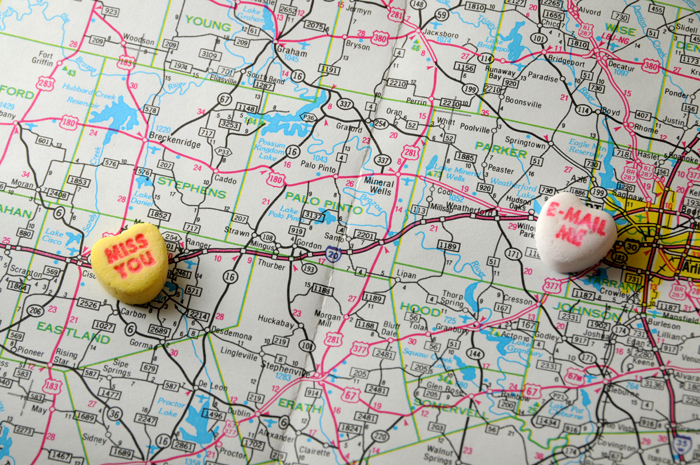The Hard Thing rule
/I've been a bad blogger lately. I just need to fess up and own it. Sarah's happily picking up Jordan in France this week and I pledged to cover for us both here but I've also been diving deeply into my dissertation research and forgetting to come up for air. Because deadlines.
Bike to the top of a mountain, 1900 via
In a moment of giving in to my well-seasoned delay and distraction tactics, I clicked over to read a National Geographic profile of persistence/grit researcher Angela Duckworth, rationalizing that it was oh-so-faintly related to my research on mindset. Her focus and work ethic inspire me and I'm motivated by the description of her passion for her work and lab--not to mention the fact that she went back for a PhD later in life, too. (Let's hear it for mama grad students!) On another level, I appreciated the glimpse of her family life and how some of her research findings are showing up in the way she and her husband Jason parent:
Angela and Jason have two daughters—Amanda, 13, and Lucy, 11—who attend a public magnet school in Philadelphia. Angela says she of course wants them to have grit, in addition to kindness, generosity, honesty, and gratitude. "I think kids are not able to just spontaneously grow up to be gritty people without being supported in that," she says.
...Back at the Duckworth household, meanwhile, Angela and Jason have instituted something called the Hard Thing Rule as a way of familiarizing their young daughters with the experience of grit. The Hard Thing Rule is that all members of the family have to be doing a hard thing. It should be something they have an interest in, of course—ballet, a musical instrument, archery—but the corollary is that it also has to require deliberate practice almost daily, and they're not allowed to quit just because they're bored or feel no good at it. They can revisit their interest at the end of the tuition period, say, or semester, or school year, but not before.
"I believe kids should choose what they want to do, because it's their life, but they have to choose something," she says, "and they can't quit in the middle unless there's a really good reason." There are going to be peaks and valleys. "You don't want to let kids quit during a valley."
The girls' "hard thing"s right now are the piano for Amanda and the viola for Lucy. For Angela and Jason, it's their jobs. Jason's a real estate developer who creates compact, mixed-use, pre-World War II-type traditional neighborhoods you feel safe letting your kids walk around in alone. Angela, of course, has enough challenges to sustain her through multiple lifetimes. How she can be a better mentor. How to solve that measurement problem. Which school district is going to do which study.
"It's all incredibly hard."
I like the framing of persistence and grit into the Hard Thing rule. I know many families have adopted the battle cry "We can do hard things!" and that grit is a popular word these days. But it's another thing to build that stretching and, yes, discomfort into the fabric of the family rules. As someone who tends more to the "flight" (=give in, find an escape hatch, move on) in the fight-or-flight response, I probably should have enacted this years ago! Darn.
And so, even though I'm pretty well acquainted with these ideas theoretically, I think I needed this reminder as much as anyone: "children [and grown 45-year-old women] need to be taught to appreciate that they're supposed to suffer when working hard on a challenge that exceeds their skill. They're supposed to feel confused. Frustration is probably a sign that they're on the right track and need to gut it out through the natural human aversion to mental effort and feeling overwhelmed so they can evolve."
What do you think? Do you have something like the Hard Things rule at your house? What's your own Hard Thing right now?
p.s. Here's a TED talk on grit by Dr. Duckworth
























